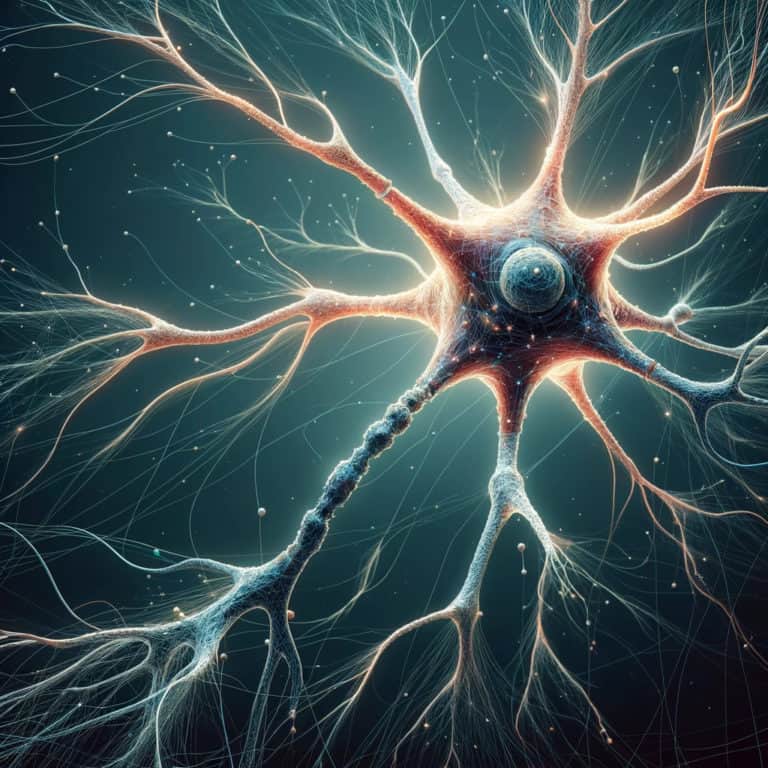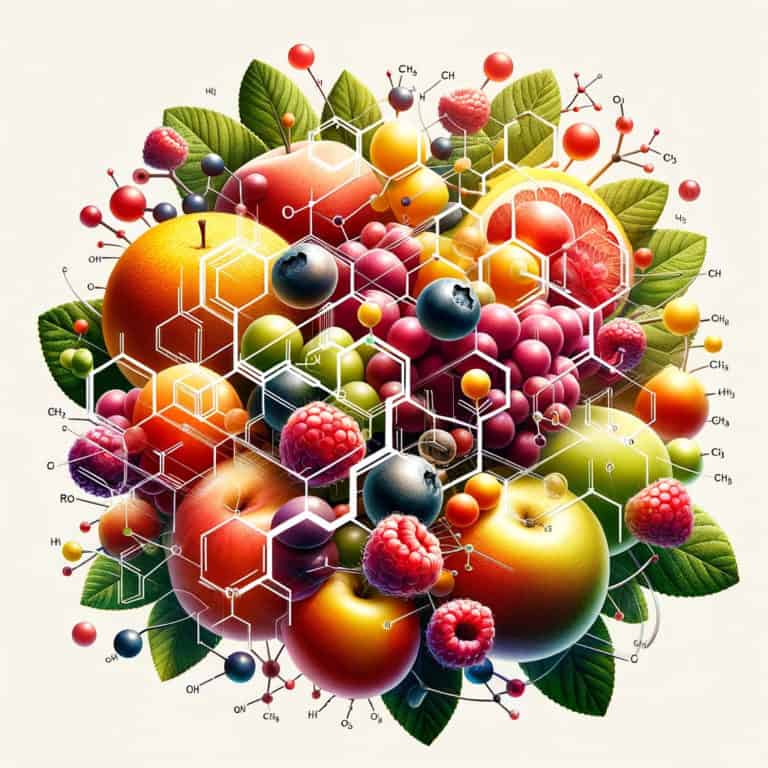Advances in Plant Compound Isolation: Techniques and Challenges
This review investigates modern approaches for separating bioactive compounds from plants, focusing on significant technological breakthroughs and the problems of increasing output while retaining compound integrity.

Introduction to Phytochemistry
Phytochemistry, or the extraction of substances from plants, has a long history and is still used in many industries, particularly medicines. Plant-derived natural compounds have long been a valuable source of novel medications (Newman & Cragg, 2007). These molecules have played important roles in medication discovery and development, demonstrating nature’s significant contribution to the pharmaceutical industry. Phytochemicals vary in amount and quality between plant sections (Kumaran, 2021).
Pharmaceutical chemicals produced from plants, such as glycosides, alkaloids, and terpenes, have significant pharmacological significance, motivating the use of various separation procedures to isolate these compounds for medical applications (Yahya & Ahmed, 2022). The impact of pharmaceutical substances on human health has boosted demand for their manufacturing, driven by advances in medical science and the need for better treatment options (Tiwari et al., 2017).
Phytoremediation, the use of plants to remove contaminants from the environment, is increasing study interest (Fatta-Kassinos et al., 2010). This includes pharmaceuticals. While the potential for phytoremediation of pharmaceuticals has long been recognized, its practical application is limited due to a lack of comprehensive data on the ecotoxicological effects of pharmaceutical compounds on plants (Huber et al., 2009).
The uptake of pharmaceutical residues by plants from soil and water has prompted concerns about food contamination and associated health implications (Boxall et al., 2006). According to research, plants can absorb pharmaceutical chemicals from polluted soils, emphasizing the need of understanding these compounds’ routes and effects in agricultural settings (qassim et al., 2020).
The historical backdrop and relevance of isolating chemicals from plants, combined with their influence in pharmaceuticals and other industries, show phytochemistry’s vital role in medication discovery, environmental remediation, and human health protection.
Methods of Isolation
Plant phytochemicals are isolated using a variety of processes, the most prevalent of which being solvent extraction, distillation, and chromatography. Solvent extraction uses solvents of differing polarity to extract chemicals from plant material. Sequential solvent extraction procedures are commonly used, beginning with less polar solvents like hexane and proceeding to more polar solvents like ethanol and water (Liu, 2008). Because of the various polarity of the chemicals, the solvent used in extraction has a significant impact on both extraction yield and antioxidant activity (Lai et al., 2010).
Traditional methods for obtaining essential oils from plants include steam distillation and hydro-distillation (Sonigra & Meena, 2021). These procedures have been used for a long time and are especially effective at extracting volatile chemicals from plant material. Chromatography, on the other hand, is a sophisticated process that separates complicated mixtures of chemicals based on their individual properties. Liquid column chromatography is a typical approach for isolating chemicals from plant extracts, and it has effectively isolated recognized molecules (Malagón et al., 2022).
The isolation process is chosen based on the type of the component under consideration and the matrix of the plant material. For example, direct solvent extraction has been shown to be more efficient than sequential extraction for specific plants, underlining the necessity of selecting the right extraction method for the best results (K et al., 2019). Furthermore, recent alternative extraction technologies such as ultrasonification and microwave-assisted extraction have gained favor due to their efficiency and low processing costs (Tlili et al., 2021).
Plant phytochemicals are isolated using a variety of processes, including solvent extraction, distillation, and chromatography. The isolation process is chosen based on the compound’s properties and the plant matrix, resulting in efficient extraction and separation of bioactive compounds for further study and use.
Challenges and Innovations
Isolating phytochemicals from plants presents difficulties such as low yield and the destruction of sensitive components during the extraction process. To address these issues, new technical improvements have improved compound isolation efficiency and selectivity.
Azmir et al. (2013) presented innovative strategies such as pulsed electric field (PEF) extraction to reduce heat-sensitive compound degradation during extraction procedures. Furthermore, synthetic biology technologies have been used to better control over heterologous gene expression, improve enzyme activity, and adjust central metabolism to boost the availability of precursor molecules for phytochemical production (Kotopka et al., 2018).
Metabolomics has become an important method in plant natural product research, providing insights into plant metabolic patterns and assisting in the identification of bioactive chemicals (Salem et al., 2020). Nanotechnology can improve the use and bioavailability of phytochemicals produced from plant waste streams, addressing problems in compound utilization in food products (McClements & Öztürk, 2021).
Response surface approach has been used to optimize extraction processes, including ultrasound-assisted extraction, to extract particular chemicals like lutein and β-carotene from plant sources more efficiently (Altemimi et al., 2015). Furthermore, the development of biosynthesized gold nanoparticles coupled with chemicals like as curcumin and paclitaxel has demonstrated promise in influencing carcinogenesis and metastatic pathways, highlighting the possibility of novel techniques in phytochemical research (Vemuri et al., 2022).
In conclusion, the field of phytochemical separation has obstacles such as low yield and compound degradation, which have been addressed by creative technical methods. These innovations, which range from novel extraction techniques to the use of metabolomics and nanotechnology, improve the efficiency and selectivity of component isolation from plants, paving the door for more effective phytochemical usage in a variety of industries.

Reference
Altemimi, A., Lightfoot, D., Kinsel, M., & Watson, D. (2015). Employing response surface methodology for the optimization of ultrasound assisted extraction of lutein and β-carotene from spinach. Molecules, 20(4), 6611-6625. https://doi.org/10.3390/molecules20046611
Azmir, J., Zaidul, I., Rahman, M., Khan, M., Mohamed, A., Ferdosh, S., … & Omar, A. (2013). Techniques for extraction of bioactive compounds from plant materials: a review. Journal of Food Engineering, 117(4), 426-436. https://doi.org/10.1016/j.jfoodeng.2013.01.014
Boxall, A., Johnson, P., Smith, E., Sinclair, C., Stutt, E., & Levy, L. (2006). Uptake of veterinary medicines from soils into plants. Journal of Agricultural and Food Chemistry, 54(6), 2288-2297. https://doi.org/10.1021/jf053041t
Fatta‐Kassinos, D., Meriç, S., & Nikolaou, A. (2010). Pharmaceutical residues in environmental waters and wastewater: current state of knowledge and future research. Analytical and Bioanalytical Chemistry, 399(1), 251-275. https://doi.org/10.1007/s00216-010-4300-9
Huber, C., Bartha, B., Harpaintner, R., & Schröder, P. (2009). Metabolism of acetaminophen (paracetamol) in plants—two independent pathways result in the formation of a glutathione and a glucose conjugate. Environmental Science and Pollution Research, 16(2). https://doi.org/10.1007/s11356-008-0095-z
K, U., Sripriya, N., Srinivasan, B., & Balamurugan, S. (2019). Comparative studies on phytochemistry, antioxidant and antibacterial activity of direct and sequential extracts of chromolaena odorata leaves. International Journal of Research in Pharmaceutical Sciences, 10(2), 914-921. https://doi.org/10.26452/ijrps.v10i2.275
Kotopka, B., Li, Y., & Smolke, C. (2018). Synthetic biology strategies toward heterologous phytochemical production. Natural Product Reports, 35(9), 902-920. https://doi.org/10.1039/c8np00028j
Kumaran, T. (2021). A review of recent studies on the phytochemical and pharmacological activity of annona muricata. Forestry & Agriculture Review, 2(1), 1-5. https://doi.org/10.47285/far.v2i1.31
Lai, S., Ho, Y., Huang, S., Huang, T., Lai, Z., Wu, C., … & Chang, Y. (2010). Antioxidant and antiproliferative activities of desmodium triflorum (l.) dc. The American Journal of Chinese Medicine, 38(02), 329-342. https://doi.org/10.1142/s0192415x10007889
Liu, Z. (2008). Preparation of botanical samples for biomedical research. Endocrine Metabolic & Immune Disorders – Drug Targets, 8(2), 112-121. https://doi.org/10.2174/187153008784534358
Malagón, O., Bravo, C., Vidari, G., Cumbicus, N., & Gilardoni, G. (2022). Essential oil and non-volatile metabolites from kaunia longipetiolata (sch.bip. ex rusby) r. m. king and h. rob., an andean plant native to southern ecuador. Plants, 11(21), 2972. https://doi.org/10.3390/plants11212972
McClements, D. and Öztürk, B. (2021). Utilization of nanotechnology to improve the application and bioavailability of phytochemicals derived from waste streams. Journal of Agricultural and Food Chemistry, 70(23), 6884-6900. https://doi.org/10.1021/acs.jafc.1c03020
Newman, D. and Cragg, G. (2007). Natural products as sources of new drugs over the last 25 years. Journal of Natural Products, 70(3), 461-477. https://doi.org/10.1021/np068054v
Salem, M., Souza, L., Serag, A., Fernie, A., Farag, M., Ezzat, S., … & Alseekh, S. (2020). Metabolomics in the context of plant natural products research: from sample preparation to metabolite analysis. Metabolites, 10(1), 37. https://doi.org/10.3390/metabo10010037
Sonigra, P. and Meena, M. (2021). Metabolic profile, bioactivities, and variations in the chemical constituents of essential oils of the ferula genus (apiaceae). Frontiers in Pharmacology, 11. https://doi.org/10.3389/fphar.2020.608649
Tiwari, B., Sellamuthu, B., Ouarda, Y., Drogui, P., Tyagi, R., & Buelna, G. (2017). Review on fate and mechanism of removal of pharmaceutical pollutants from wastewater using biological approach. Bioresource Technology, 224, 1-12. https://doi.org/10.1016/j.biortech.2016.11.042
Tlili, M., Hammoudi, R., & Hadj-Mahammed, M. (2021). In vivo and in vitro antidiabetic properties of alkaloids extract from salvia chudaei. Acta Periodica Technologica, (52), 45-53. https://doi.org/10.2298/apt2152045t
Vemuri, S., Halder, S., Banala, R., Rachamalla, H., Devraj, V., Mallarpu, C., … & Jana, K. (2022). Modulatory effects of biosynthesized gold nanoparticles conjugated with curcumin and paclitaxel on tumorigenesis and metastatic pathways—in vitro and in vivo studies. International Journal of Molecular Sciences, 23(4), 2150. https://doi.org/10.3390/ijms23042150
Yahya, R. and Ahmed, H. (2022). Article review: medical plants: their compounds and the biotechniques for identifying and separation of them. Journal for Research in Applied Sciences and Biotechnology, 1(5), 68-74. https://doi.org/10.55544/jrasb.1.5.7
qassim, b., Heino, M., & Morabito, D. (2020). Uptake of three pharmaceuticals by beans (phaseolus vulgaris l.) from contaminated soils. Baghdad Science Journal, 17(3), 0733. https://doi.org/10.21123/bsj.2020.17.3.0733



